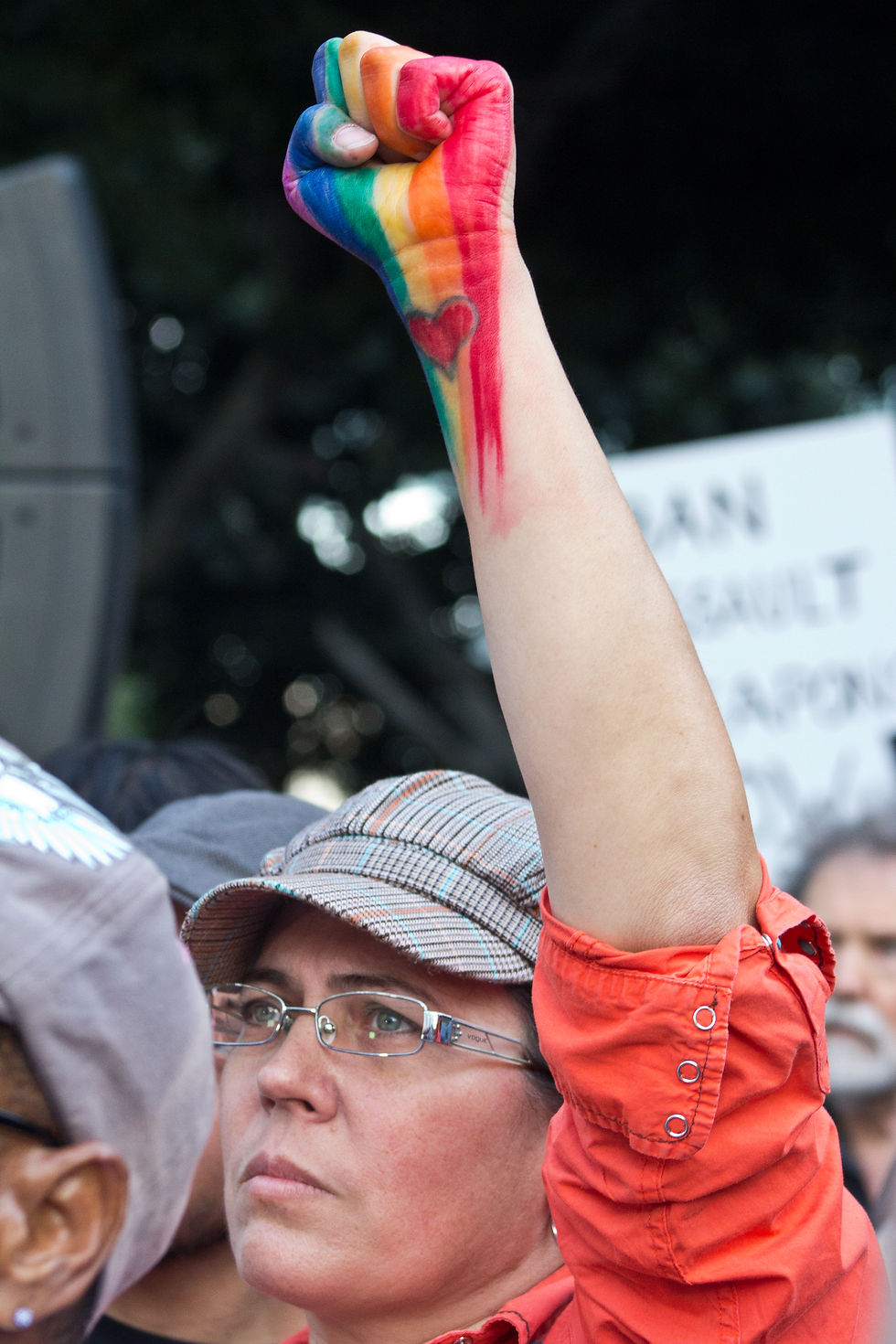
Services
LGBTQ+ Concerns
The rules around relationships, age gaps, self-expression, measurements of success, etc. often are rooted in what the straight world has established to be true. This sometimes can produce internalized homophobia. Can we make our own rules for the life we envision as a people?
Trauma
Trauma impacts everyone. Within families of origin, children will react differently to the same conditions that are present.
Depth Therapy
The unconscious holds a great deal of psychic wealth. There are stories and images that run through human history and still flow today within each person’s life story.
The Relational Field
Upon entering work with me, we build up and exist within a professional relationship. I work with you in mind.

 225 US dollars
225 US dollars

The Church is often an unwelcoming place for the LGBTQ+ community. It has a long history of ostracizing those who identify as any of the letters in the acronym. Much of the seething anger latent in the gay community is birthed out of a society that support their argumentation for the unacceptability of homosexuality in Judeo-Christian ethics – namely the “clobber verses” (Genesis 19:4-25; Leviticus 18:2 and 20:13; Romans 1:26-27; 1 Corinthians 6:9-11; 1 Timothy 1:9-10). The lack of love and of bridge-building leave the transgender boy, the lesbian girl, or the gay father hurting for spiritual nurturing or from the trauma of abuse. Many still need to heal from conversion therapy or from excommunication. The loneliness of the outside and the frigidness of the inside are all too familiar when speaking of the Church. I am here to help.
Heteronormativity, the spoken and unspoken rules by which the heterosexual world defines acceptable behavior, can be an umbrella for much of the hardships the LGBTQ+ community faces on a daily basis. The straight world subscribes to the belief of the universality of heterosexual thought, action, and sexual desire as the measurement for what is normal and acceptable (Guy Hocquenghem, Homosexual Desire). The rules around relationships, age gaps, self-expression, measurements of success, etc. often are rooted in what the straight world has established to be true. This sometimes can produce internalized homophobia. Can we make our own rules for the life we envision as a people?
The Church is often an unwelcoming place for the LGBTQ+ community. It has a long history of ostracizing those who identify as any of the letters in the acronym. Much of the seething anger latent in the gay community is birthed out of a society that support their argumentation for the unacceptability of homosexuality in Judeo-Christian ethics – namely the “clobber verses” (Genesis 19:4-25; Leviticus 18:2 and 20:13; Romans 1:26-27; 1 Corinthians 6:9-11; 1 Timothy 1:9-10). The lack of love and of bridge-building leave the transgender boy, the lesbian girl, or the gay father hurting for spiritual nurturing or from the trauma of abuse. Many still need to heal from conversion therapy or from excommunication. The loneliness of the outside and the frigidness of the inside are all too familiar when speaking of the Church. I am here to help.
Heteronormativity, the spoken and unspoken rules by which the heterosexual world defines acceptable behavior, can be an umbrella for much of the hardships the LGBTQ+ community faces on a daily basis. The straight world subscribes to the belief of the universality of heterosexual thought, action, and sexual desire as the measurement for what is normal and acceptable (Guy Hocquenghem, Homosexual Desire). The rules around relationships, age gaps, self-expression, measurements of success, etc. often are rooted in what the straight world has established to be true. This sometimes can produce internalized homophobia. Can we make our own rules for the life we envision as a people?


